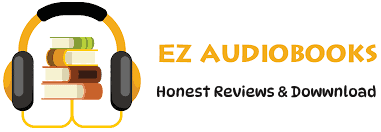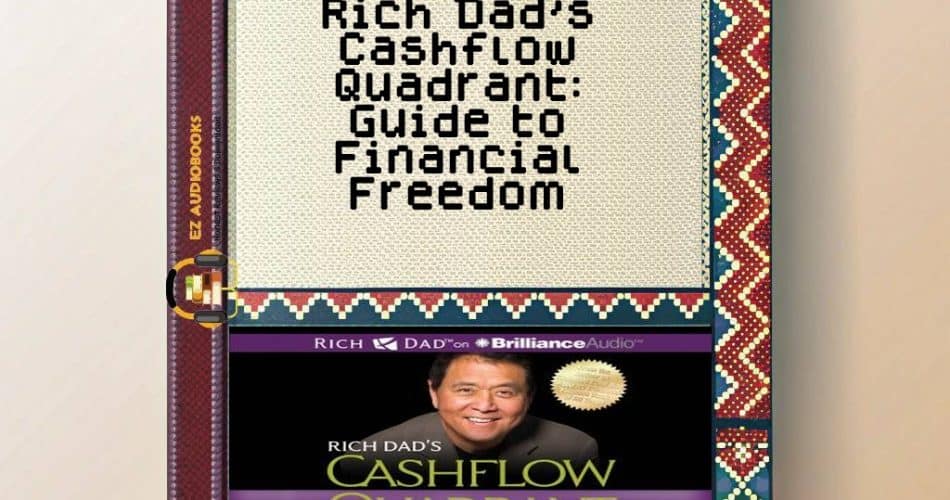Audiobook Sample
Listen to the sample to experience the story.
Please wait while we verify your browser...
- Title: Rich Dad’s Cashflow Quadrant: Guide to Financial Freedom
- Author: Robert T. Kiyosaki
- Narrator: Tim Wheeler
- Length: 08:00:00
- Version: Abridged
- Release Date: 03/07/2012
- Publisher: Brilliance Audio
- Genre: Business & Economics, Personal Finance
- ISBN13: 9.78E+12
Embarking on the auditory journey of *Rich Dad’s Cashflow Quadrant: Guide to Financial Freedom* by Robert T. Kiyosaki, narrated by Tim Wheeler, was akin to stepping into a masterclass on financial liberation. As a literature professor with a penchant for analyzing narratives across cultures, I found Kiyosaki’s work to be a compelling blend of personal anecdote and financial doctrine, offering a narrative that transcends traditional self-help literature.
From the outset, Kiyosaki’s central thesis—that financial education is paramount to achieving freedom—resonated deeply with me. This reminded me of my year in Tokyo, where I discovered Haruki Murakami’s *Kafka on the Shore*. Just as Murakami’s work revealed the layers of Japanese culture through magical realism, Kiyosaki peels back the layers of financial myths, exposing the core truths about money and freedom. His philosophy is not just about accumulating wealth but about transforming one’s mindset towards money.
Tim Wheeler’s narration deserves special mention. His voice, steady and reassuring, carries the weight of Kiyosaki’s wisdom with a clarity that enhances the listening experience. Wheeler’s ability to modulate his tone to match the book’s shifts from anecdote to instruction is commendable. It was as if he were a financial mentor guiding me through the labyrinth of economic concepts, making complex ideas accessible and engaging.
The book’s structure, divided into the four quadrants—Employee (E), Self-Employed (S), Business Owner (B), and Investor (I)—is a brilliant framework that Kiyosaki uses to delineate the paths to financial success. His insistence on moving from the left side (E and S) to the right side (B and I) is a paradigm shift that challenges conventional wisdom. This reminded me of my seminar at Berkeley, where we explored how different mediums affect storytelling. Just as we analyzed how the format of *Cloud Atlas* influenced narrative perception, Kiyosaki’s quadrant model transforms how we perceive financial success.
Kiyosaki’s critique of the traditional education system’s failure to teach financial literacy is both incisive and thought-provoking. He argues that while we are taught to work for money, we are not taught how to make money work for us. This critique aligns with broader cultural shifts towards self-education and personal responsibility, themes that are increasingly relevant in today’s rapidly changing economic landscape.
However, the book is not without its limitations. Kiyosaki’s anecdotes, while illustrative, sometimes border on the anecdotal, lacking the empirical rigor one might expect in a financial guide. Additionally, his advice, though transformative, may not be universally applicable, particularly for those without the initial capital to invest. These points are worth considering, especially for listeners who are new to financial literature.
In comparison to other works in the genre, *Rich Dad’s Cashflow Quadrant* stands out for its practical approach and motivational tone. Unlike Mark Manson’s *The Subtle Art of Not Giving a F*ck*, which focuses on emotional and psychological resilience, Kiyosaki’s book provides a roadmap for financial independence. Both, however, share a common thread in advocating for a paradigm shift in how we approach life’s challenges.
For those considering this audiobook, I would recommend it as a foundational text in your financial education journey. Whether you are an employee looking to transition to entrepreneurship or an investor seeking to refine your strategies, Kiyosaki’s insights are invaluable. The audiobook format, with Wheeler’s adept narration, makes it an accessible and engaging way to absorb these lessons.
In conclusion, *Rich Dad’s Cashflow Quadrant: Guide to Financial Freedom* is more than just a financial guide; it is a call to rethink our relationship with money and work. Through Kiyosaki’s narrative and Wheeler’s narration, it offers a transformative listening experience that has the potential to alter your financial trajectory profoundly.
With scholarly appreciation and a renewed vision for financial freedom,
Prof. Emily Chen

